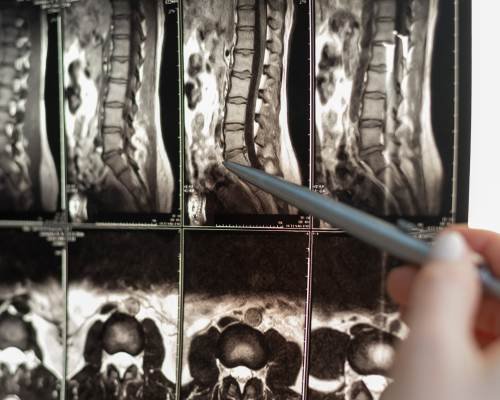How do I know if I need spine surgery?
Spine surgery is often considered a last option after non-surgical treatments have failed to relieve symptoms. Understanding when spine surgery is necessary involves a comprehensive evaluation by a doctor, typically a spine specialist or neurosurgeon. Here are the key factors that determine the need for spine surgery:
1. Initial Evaluation and Diagnosis
The process begins with a thorough medical history and physical examination. The spine doctor will assess symptoms such as pain, numbness, weakness, and mobility issues. Common spine-related symptoms include:
- Persistent back or neck pain
- Radiating pain into the arms or legs
- Numbness or tingling in the extremities
- Muscle weakness
- Loss of bladder or bowel control (a medical emergency)
Imaging studies such as X-rays, MRI (Magnetic Resonance Imaging), and CT (Computed Tomography) scans are often used to provide detailed views of the spine’s structures. These tests help identify abnormalities such as slip discs, spinal stenosis, degenerative disc disease, fractures, and spine tumors.
2. Non-Surgical Treatments
Before considering surgery, doctors usually recommend non-surgical treatments. These can include:
- Medications: Pain relievers, anti-inflammatory drugs, and muscle relaxants.
- Physical Therapy: Exercises and techniques to improve strength, flexibility, and posture.
- Chiropractic Care: Spinal adjustments and manipulations.
- Injections: Epidural steroid injections or nerve blocks to reduce inflammation and pain.
- Lifestyle Modifications: Weight loss, quitting smoking, and ergonomic changes at work and home.
The goal is to alleviate symptoms and improve function without invasive procedures. Non-surgical treatments are often effective, but if they fail to provide relief after several months, surgery may the next consideration.
3. Indicators for Spine Surgery
Several specific conditions and symptoms may indicate the need for spine surgery:
- Herniated Disc: When a disc in the spine bulges or ruptures, it can compress nearby nerves, causing severe pain, numbness, and weakness. If conservative treatments fail, surgery may be necessary to remove or repair the damaged disc.
- Spinal Stenosis: This condition involves the narrowing of the spinal canal, which can put pressure on the spinal cord and nerves. Surgery may be required to widen the canal and relieve pressure.
- Degenerative Disc Disease: As discs degenerate over time, they can cause chronic pain and instability. Surgery may involve disc replacement or spinal fusion to restore stability.
- Scoliosis: Severe curvature of the spine can lead to pain and functional issues. Surgery can correct the alignment of the spine.
- Spinal Fractures: Fractures due to trauma or osteoporosis can require surgical intervention to stabilize the spine.
- Spinal Tumors: Tumors in or around the spine may need to be surgically removed, especially if they are causing pain or neurological deficits.
4. Types of Spine Surgery
The type of surgery recommended depends on the specific condition and its severity. Common types of spine surgery include:
- Discectomy: Removal of a herniated disc.
- Laminectomy: Removal of part of the vertebra (lamina) to relieve pressure on the spinal cord or nerves.
- Spinal Fusion: Joining two or more vertebrae together to provide stability.
- Artificial Disc Replacement: Replacing a damaged disc with an artificial one.
- Vertebroplasty and Kyphoplasty: These procedures involve injecting a cement-like material into fractured vertebrae to stabilize them.
5. Risks and Benefits
Spine surgery, like any surgical procedure, carries risks. These can include infection, bleeding, nerve damage, and complications from anesthesia. However, for many patients, the benefits outweigh the risks. Successful spine surgery can provide significant pain relief, improved mobility, and enhanced quality of life.
6. Making the Decision
The decision to undergo spine surgery should be made collaboratively between the patient and their spine surgeon. Considerations include:
- Are they significantly impacting daily life and activities?
- Have conservative measures failed to provide relief?
- Is the patient healthy enough to undergo surgery and recover successfully?
- Has the patient been fully informed about the potential outcomes of surgery?
Informed decision-making is crucial, and patients should feel comfortable asking questions and discussing concerns with their spine surgeon and team.
Conclusion
Determining the need for spine surgery is a careful process that involves thorough evaluation, exhausting non-surgical treatments, and considering specific medical indicators. For many individuals, spine surgery can offer significant relief from pain and improve quality of life when other treatments have failed. If you are experiencing persistent spine-related symptoms, consult with a spine specialist to explore your options and make an informed decision about your care.















